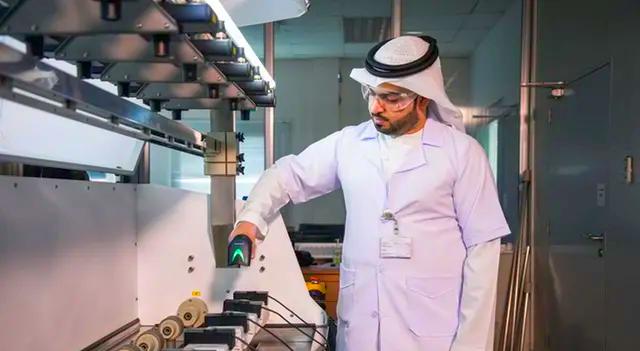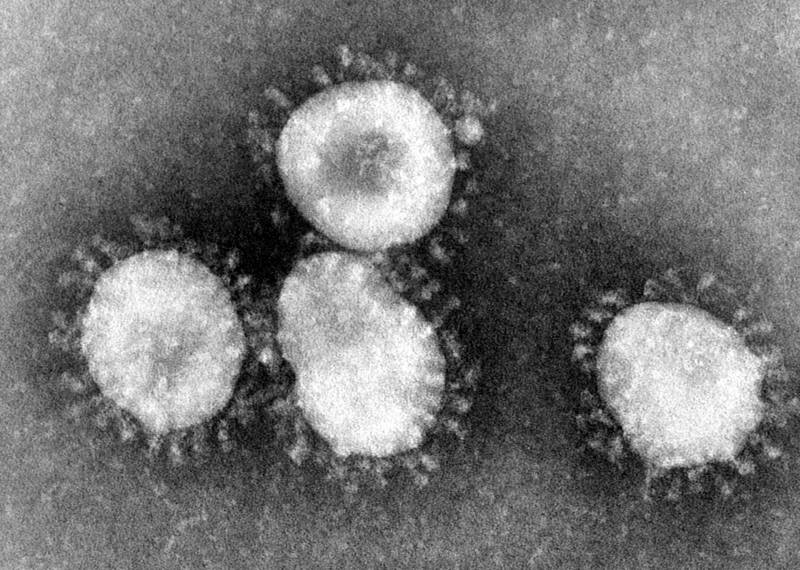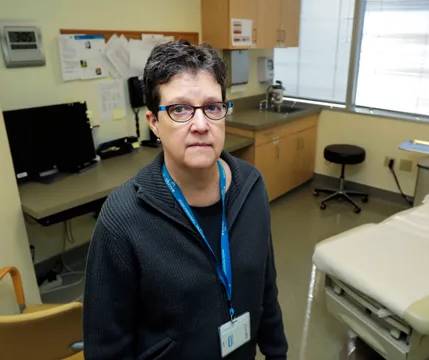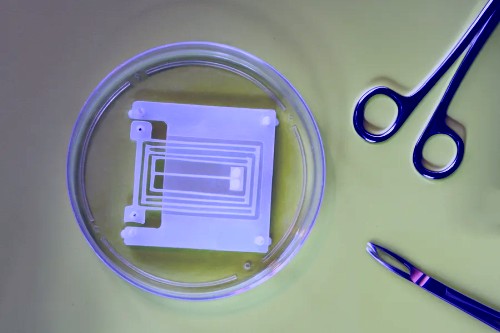New research may shed light on how HIV virus reactivates from latency
 New research enhances the current knowledge of how human immunodeficiency virus type-1 (HIV-1), which causes AIDS, controls the cell cycle of cells that it infects. The new findings may shed light on how the virus reactivates after entering a dormant state, called latency.
New research enhances the current knowledge of how human immunodeficiency virus type-1 (HIV-1), which causes AIDS, controls the cell cycle of cells that it infects. The new findings may shed light on how the virus reactivates after entering a dormant state, called latency.
“As we better understand the biological events that revive HIV from latency, we hope to devise ways to eventually intervene in this process with better treatments for people with HIV infection,” said study leader Terri H. Finkel, M.D., Ph.D., chief of Rheumatology at The Children’s Hospital of Philadelphia.
Finkel is the senior author of a study published in the Jan. 27 issue of the journal Blood. The first author, also from Children’s Hospital, is Jiangfang Wang, M.D., Ph.D.
Viral latency is one of the persistent problems in treating HIV infection. Current combinations of anti-HIV drugs can reduce HIV to undetectable levels, but the virus hides in latently infected cells in a sort of hibernation. If a patient stops taking medication, or is weakened by a different infection, HIV can make a resurgence out of its viral reservoirs, often becoming resistant to previously effective drugs.
The current study focused on a protein, Vif (for viral infectivity factor), that HIV-1 produces. Finkel and colleagues previously discovered that Vif causes HIV-infected cells to stop growing at one phase of the cell cycle, the G2 phase. The study team has now found that Vif also acts at an earlier stage in the cell cycle, driving cells out of the G1 phase and into the more active S phase.
This activity may be important, said Finkel, because G1 is a resting phase, and a biological interaction that “wakes up” a latent infected cell may reactivate the infection. Other viruses that have a latent infectious state, such as the herpes virus and the Epstein-Barr virus, also express proteins that drive a transition from G1 to S phase. “By regulating the cell cycle, viruses control their infectivity,” said Finkel.
The researchers carried out their work in HeLa cells, a human cell line long used in cell studies, as well as in human T cells, immune cells found in the blood. They identified two proteins, Brd4 and Cdk9, which interact with Vif. This interaction was a new discovery, although the proteins were already known to regulate the progression of the cell cycle.
Identifying Vif’s cellular partners may also implicate them as potential targets for therapy. “If we can interrupt the activity of Brd4 or Cdk9, we may be able to prevent latent infection from becoming active,” said Finkel. “Alternatively, by harnessing Brd4 or Cdk9, we may be able to drive cells out of latency and make the virus susceptible to anti-HIV drugs.” She added that early preclinical testing of inhibitors is getting under way for other conditions, but cautioned that it is too early to foresee whether, or how soon, her research findings will lead to clinical treatments for HIV.
Source: Blood









Post Comment
You must be logged in to post a comment.